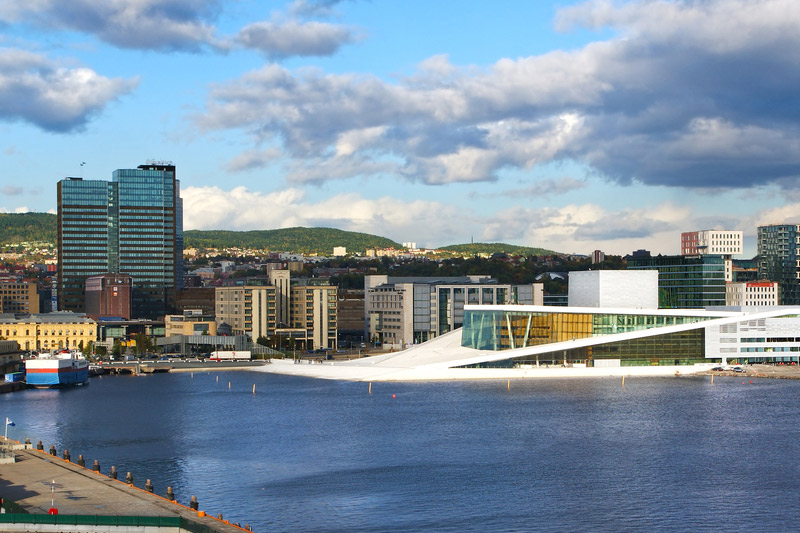By Gwladys Fouche and Terje Solsvik
OSLO (Reuters) - The Norwegian economy, once one of Europe's brightest, ground to a halt in late 2015, leaving full-year growth at its lowest in six years and consumer confidence at its lowest in 24 years, strengthening the case for central bank rate cuts.
As western Europe's top oil and gas producer, Norway has been hit by the 70 percent fall in crude prices since mid-2014. Unemployment has reached a 10-year high of 4.6 percent, low by global standards but far above the 3.2 percent seen in mid-2014.
The weaker crown, down almost 20 percent since mid-2014 on a trade-weighted basis because to lower crude prices, has been key to making non-oil exporters more competitive, but not enough to boost the overall economy.
Growth in mainland Norway, which excludes volatile oil and shipping, reached 0.1 percent in the fourth quarter. Third-quarter figures were revised to no growth from the preliminary 0.2 percent in November, Statistic Norway said on Tuesday.
For 2015, mainland growth fell to 1.0 percent, the lowest since the financial crisis of 2009 and below the central bank's forecast of 1.4 percent.
Still, the minority government leading Norway believes the country can weather the downturn, even though oil prices have fallen more than expected and China's economy is slowing.
With a weakening currency, an $800 billion wealth fund and the potential for more reductions in interest rates, Norway can gradually diversify from oil and gas output, which makes up more than a fifth of GDP, Prime Minister Erna Solberg told Reuters on Monday.
"We have a relatively expansive budget this year to help uphold activity and give people the opportunity to remain employed during a private-sector slowdown," Solberg said. "To secure employment, some public projects may be the most effective now. That's why we've put more money on the table."
RATE CUT IN MARCH?
Earlier on Tuesday, a report showed Norwegian consumer confidence fell to a 24-year low in the first quarter, according to the financial lobby group Finance Norway (FNO). It said consumers were increasingly saving more and spending less, particularly on big-ticket items.
The confidence index fell to minus 16.2 points in the current quarter on a seasonally adjusted basis from a revised minus 12.4 points in the fourth. The fourth-quarter reading was originally reported at minus 11.3 points.
The first-quarter reading was the lowest since the fourth quarter of 1992.
Several economists said the economic data strengthened the case for a rate cut when Norges Bank announce its rate decision on March 17. In December, the bank left its key policy rate on hold at 0.75 percent but said the chance of a rate cut in March was more than 50 percent.
"The GDP numbers cement our expectations of a rate cut in March," said SEB Norway Chief Economist Stein Bruun.
"All the previous quarters in 2015 have been revised down. That means that growth in 2015 is significantly weaker than expected," said Handelsbanken Norway's chief economist, Kari Due-Andresen. "This supports a rate cut in March, and we also think the central bank could signal further cuts going forward."
Such an opportunity could take place on Thursday when central bank chief Oeystein Olsen gives his annual address, a major set piece delivered to an audience of government and business leaders. It is often used to set out the bank's view of the economy and its prospects.
One question will be whether Norway will at some point follow Sweden and Denmark, whose central banks have cut interest rates into negative territory in an effort to boost growth.
The prime minister believes there is still room for action.
"There's still room for stimulating the economy with lower interest rates," Solberg said in the Reuters interview, while adding that it's the central bank's job to independently set monetary policy.
She did not say whether the government would introduce more stimulus measures in the revised 2016 fiscal budget in May or its 2017 election year spending plan in October.
"With the current outlook there is no reason to stimulate the economy any less than we do now. But these are things we must ultimately decide when the budgets are due," Solberg said.
